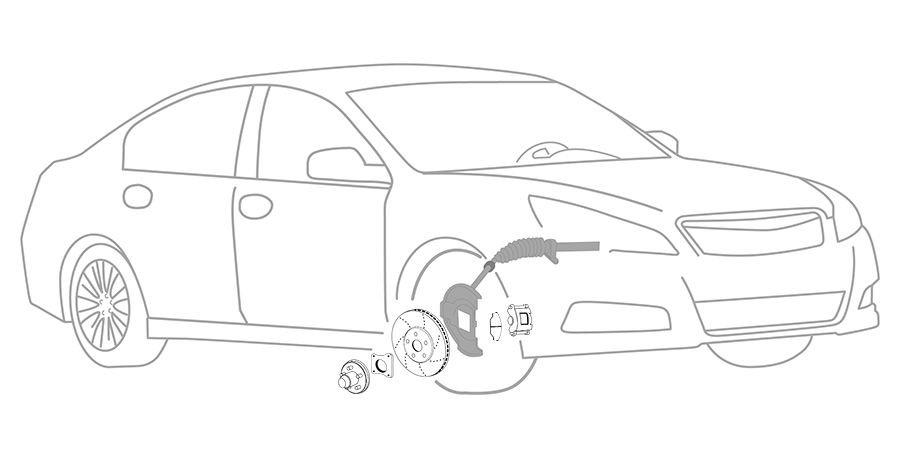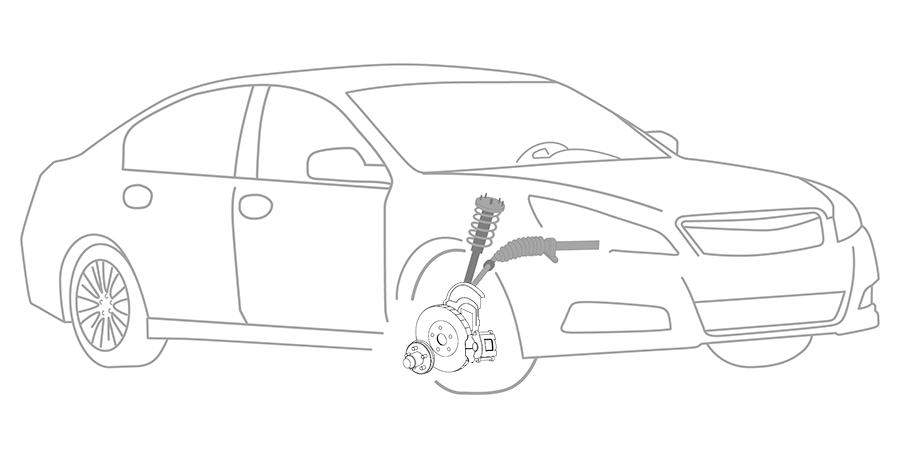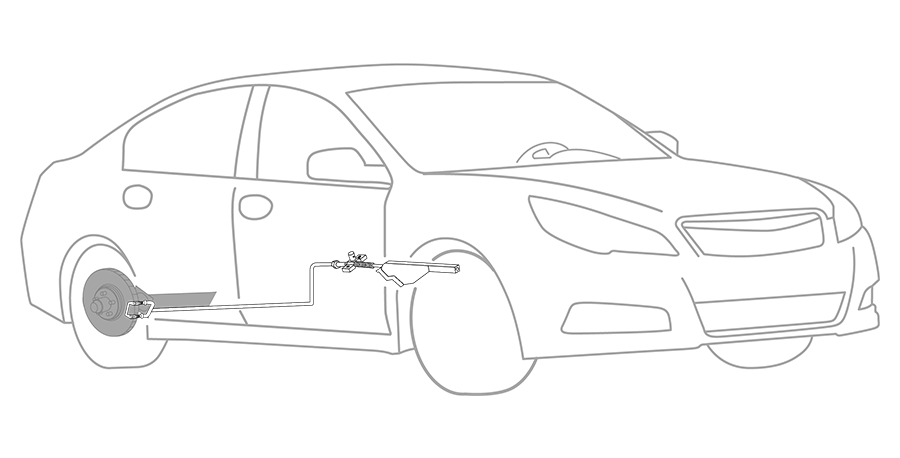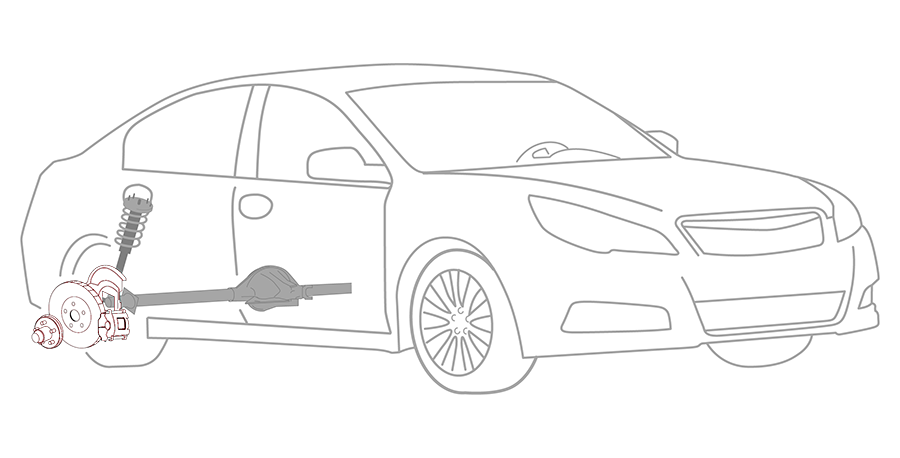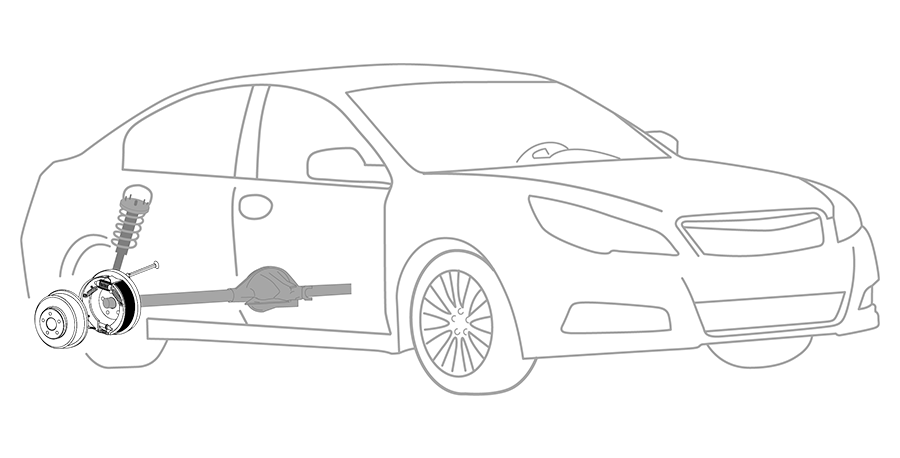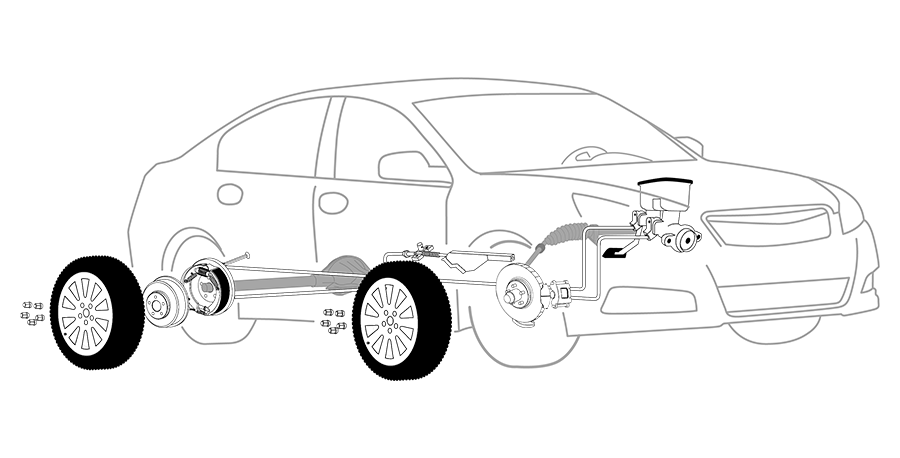
Brake Inspection
Brakes use friction to bring a vehicle to a complete stop. This friction creates a substantial amount of heat that can degrade the brakes and brake components over time. As a result, inspecting these components and ensuring proper operation has become a critical part of overall vehicle maintenance. Although brake systems vary from vehicle to vehicle, the responsibility and importance of the components remains the same. Today, some common brake types include drum and disc brakes. Drum brakes contain brake shoes, drums, wheel cylinders, springs, and self-adjusters. Disc brakes contain brake pads, rotors, calipers, and hydraulic components. Depending on the design of the rear brake system, the parking brake assembly, which keeps the vehicle from rolling once stopped, can be housed in either a drum or rotor. All of these components, including the brake pedal and brake fluid, should be checked during a brake inspection service to help ensure that a vehicle is safe to operate.

